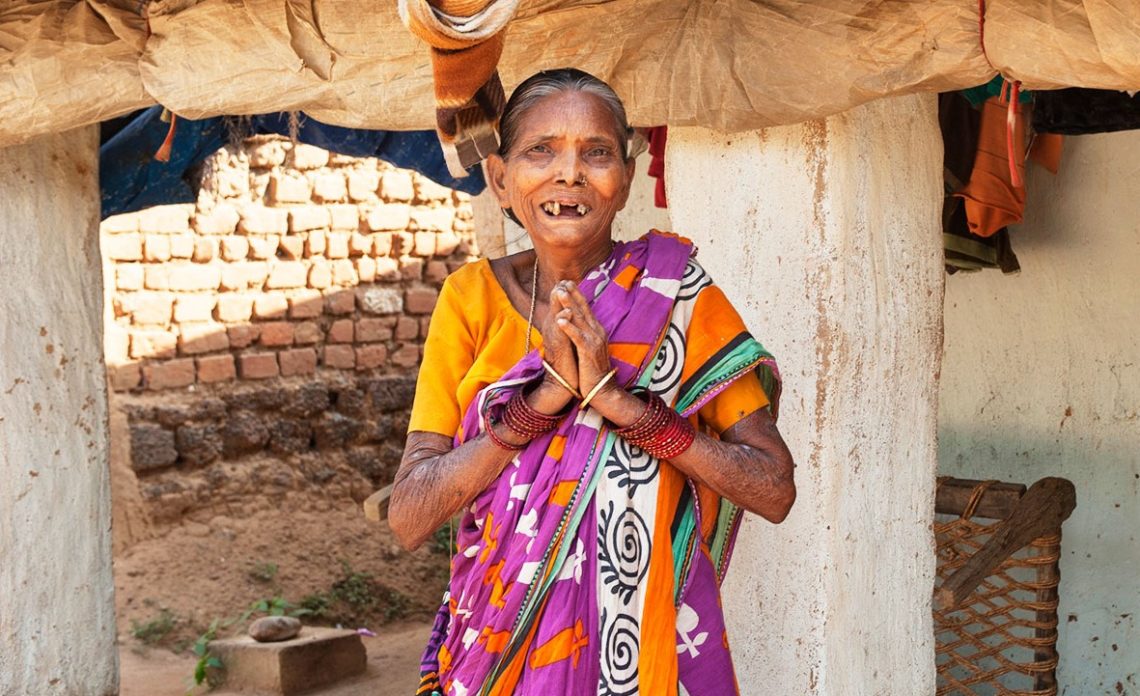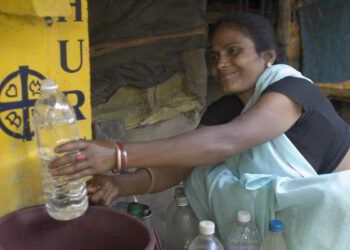What is Leprosy? For many, a cloud of mystery, fear and shame surrounds this disease. It’s a disease that destroys nerves and deadens limbs to sensations of touch or pain, yet at the same time can trigger bouts of unbearable agony for the sufferer as infection exposes raw bones. It’s a disease that is difficult to contract, yet carries a stigma so strong that leprosy-affected people have been forced into isolation for centuries. Why is this disease so feared, and how can we help those who contract it?
What is leprosy?
Leprosy, otherwise known as Hansen’s Disease, is an infectious disease caused by a bacteria called Mycobacterium leprae. This chronic nervous system disease “mainly affects the skin, the peripheral nerves, mucosal surfaces of the upper respiratory tract and the eyes,” according to the World Health Organization. The first symptoms of leprosy are often eye damage, painless ulcers or patches of discolored skin with accompanying numbness in the affected area. Without intervention, leprosy may cause crippling of hands and feet, loss of limbs, tissue loss on the face and blindness.
The bacteria slowly attacks the nerves and will leave the one affected without the ability to detect pain. Their hands and feet will no longer notice the hot pot burning their palms, the sharp object penetrating their skin, or even a dislocated ankle as they go about their daily life. Wounds become infected, and tissue loss, degeneration or even amputation follows.
The physical disfigurement caused by leprosy creates a physical and emotional barrier between the individual and the rest of society, the United Nations explains.
READ THE REST OF THE SPECIAL REPORT ON GFA.ORG
Learn more about theGFA-supported leprosy ministry, or the Reaching Friends Ministry, who, since 2007, are helping remind people affected by leprosy that they have dignity and are valued by God.











